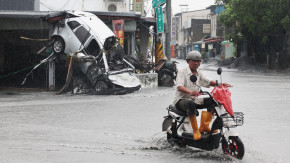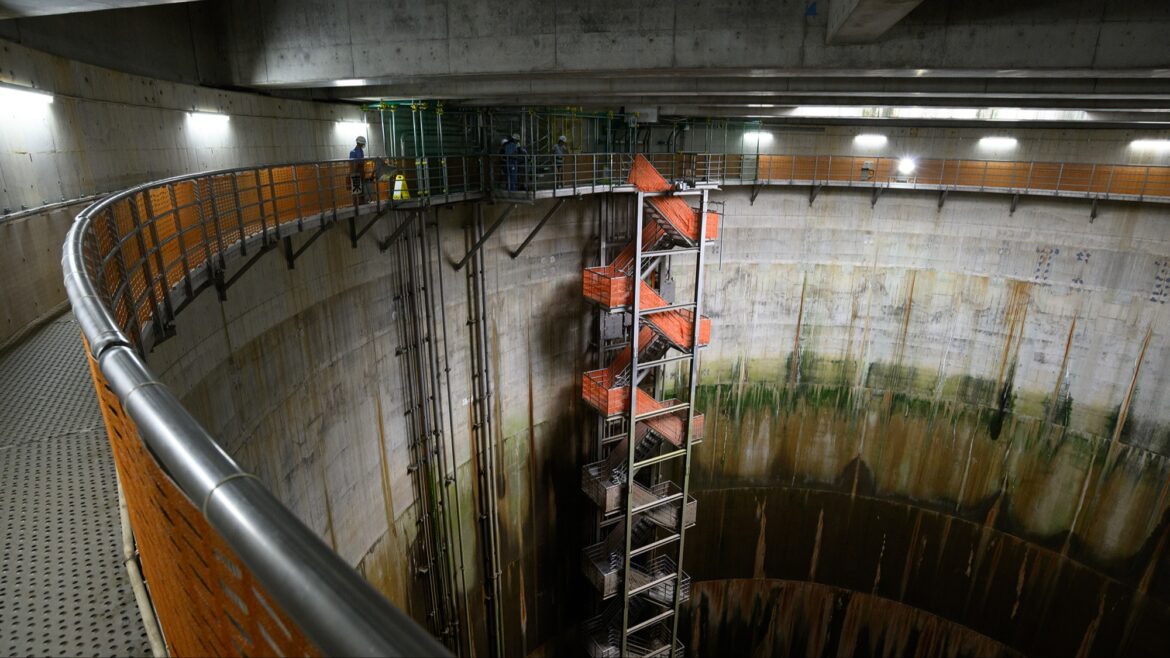Investors can expect lower “climate-driven” losses in Canada, Singapore, South Korea, Australia, the UK and Japan, which are the “most active” in adapting to the effects of climate change, according to new research.
The US, which incurs the greatest cost from climate damage globally, ranked “middle of the pack” — 12th out of 25 countries — in BloombergNEF’s scorecard of country’s climate adaptation preparedness, published on Monday. While the US has built more “engineered defences” than any other country, federal adaptation initiatives lag most peers and existing programmes could be rolled back.
The research firm warned that “many major economies are not doing enough to safeguard their economic resilience” against the physical effects of climate change, which should worry business and investors.
According to its research, “laggards” — countries that have inadequately addressed climate adaptation, not publicised their efforts, and where economic losses are more likely to go “unchecked” — include South Africa, Thailand, Russia and Saudi Arabia. Saudi Arabia and Russia face less exposure to climate risks and therefore may have fewer incentives to act, said BloombergNEF.
With global losses from climate change topping $1.4tn last year — more than 10 times the total seen in 2000 — BloombergNEF said future damages will escalate unless economies and societies implement measures to combat climate change such as wetland protection, sea defences, or diversifying sourcing to build more resilient supply chains.
While adaptation is a global policy priority, given the scale of climate-related losses and the potential investment opportunities, BloombergNEF said it should also be prioritised by investors.
According to the research firm, economies that are the most active in addressing the physical effects of climate change are a “lower-risk” investment for private capital.
“Investors can expect lower climate-driven losses in markets that adapt effectively, all else equal,” said Danya Liu, lead analyst at BNEF’s climate adaptation practice.
Leaders in climate adaptation are perceived as lower risk by investors, and are more likely to reduce their climate risks and demonstrate economic resilience much earlier on, according to its research.
Although adapting public infrastructure to withstand the effects of climate change primarily falls on governments, BNEF said investors can finance adaptation projects by better understanding government plans and timelines.
However, at an OECD forum on green finance and investment last week in Paris, attendees heard that there is significantly less private financing available for climate adaptation than what is allocated to technologies for reducing carbon emissions.
According to Mathilde Mesnard, co-ordinator for climate and green finance at the OECD, less than $5bn of private investment was directed towards climate adaptation in 2022.
Recommended

Why banks’ credit risk models are blind to climate shocks
“Private financial returns are viewed as insufficient relative to perceived risks,” she said during a panel discussion on scaling financing for adaptation.
Mesnard said the underlying barrier to availability of private adaptation financing is that costs of investment are immediate, while benefits only accrue over longer time horizons.
High levels of indebtedness in some countries also make it difficult to build an investment case, she added.
Speaking at the launch of its latest climate report last month, Dutch lender ING said banks are constrained by regulatory capital frameworks and country risk, which makes the business case for adaptation financing a “tough nut to crack”.


AloJapan.com